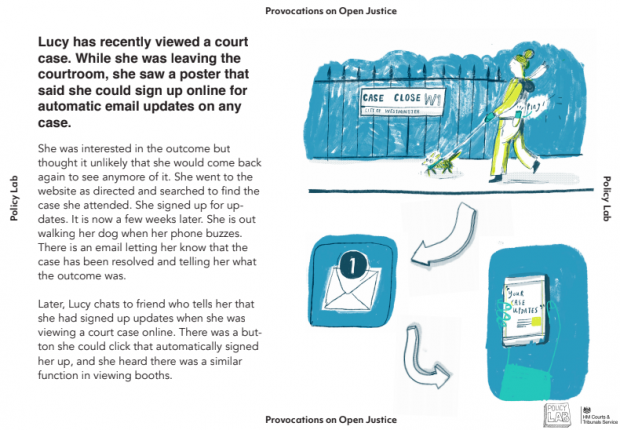Blogpost by Alec Stapp: “Data is the new oil,” said Jaron Lanier in a recent op-ed for The New York Times. Lanier’s use of this metaphor is only the latest instance of what has become the dumbest meme in tech policy. As the digital economy becomes more prominent in our lives, it is not unreasonable to seek to understand one of its most important inputs. But this analogy to the physical economy is fundamentally flawed. Worse, introducing regulations premised upon faulty assumptions like this will likely do far more harm than good. Here are seven reasons why “data is the new oil” misses the mark:
1. Oil is rivalrous; data is non-rivalrous
If someone uses a barrel of oil, it can’t be consumed again. But, as Alan McQuinn, a senior policy analyst at the Information Technology and Innovation Foundation, noted, “when consumers ‘pay with data’ to access a website, they still have the same amount of data after the transaction as before. As a result, users have an infinite resource available to them to access free online services.” Imposing restrictions on data collection makes this infinite resource finite.
2. Oil is excludable; data is non-excludable
Oil is highly excludable because, as a physical commodity, it can be stored in ways that prevent use by non-authorized parties. However, as my colleagues pointed out in a recent comment to the FTC: “While databases may be proprietary, the underlying data usually is not.” They go on to argue that this can lead to under-investment in data collection:
[C]ompanies that have acquired a valuable piece of data will struggle both to prevent their rivals from obtaining the same data as well as to derive competitive advantage from the data. For these reasons, it also means that firms may well be more reluctant to invest in data generation than is socially optimal. In fact, to the extent this is true there is arguably more risk of companies under-investing in data generation than of firms over-investing in order to create data troves with which to monopolize a market. This contrasts with oil, where complete excludability is the norm.
3. Oil is fungible; data is non-fungible
Oil is a commodity, so, by definition, one barrel of oil of a given grade is equivalent to any other barrel of that grade. Data, on the other hand, is heterogeneous. Each person’s data is unique and may consist of a practically unlimited number of different attributes that can be collected into a profile. This means that oil will follow the law of one price, while a dataset’s value will be highly contingent on its particular properties and commercialization potential.
4. Oil has positive marginal costs; data has zero marginal costs
There is a significant expense to producing and distributing an additional barrel of oil (as low as $5.49 per barrel in Saudi Arabia; as high as $21.66 in the U.K.). Data is merely encoded information (bits of 1s and 0s), so gathering, storing, and transferring it is nearly costless (though, to be clear, setting up systems for collecting and processing can be a large fixed cost). Under perfect competition, the market clearing price is equal to the marginal cost of production (hence why data is traded for free services and oil still requires cold, hard cash)….(More)”.

